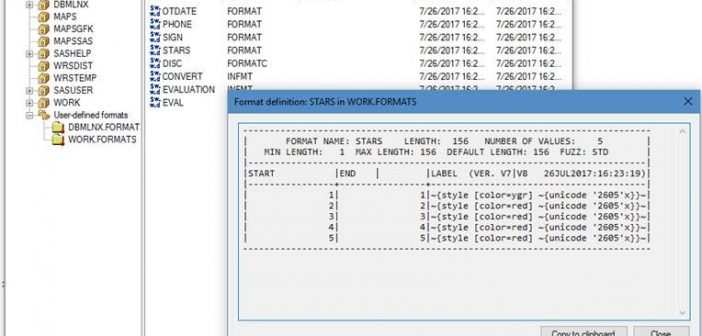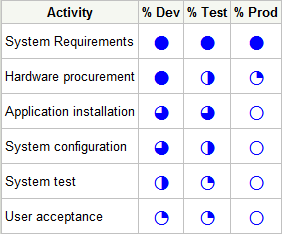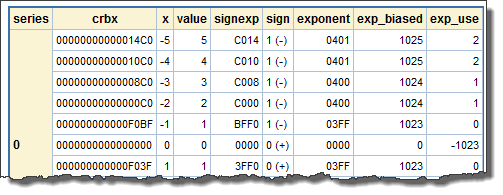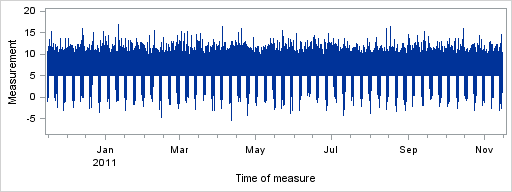
What's the difference between LENGTH and FORMAT in a SAS data set? This article shares the answer, with examples.

What's the difference between LENGTH and FORMAT in a SAS data set? This article shares the answer, with examples.

Many years ago I shared a custom task that allows you to view and manage SAS catalogs within SAS Enterprise Guide. As a reminder, a SAS catalog is a special type of SAS file that acts as a container, like a folder, for a variety of content items called catalog
In my local paper this morning, I read about how a North Carolina state commission plans to recommend changes to our teaching standards for mathematics. One of the topics that they want to bring back: Roman numerals. Why? According to my exhaustive 30 seconds of Internet research, the only practical

In my industry of data and computer science, precision is typically regarded as a virtue. The more exact that you can be, the better. Many of my colleagues are passionate about the idea, which isn't surprising for a statistical software company. But in social media, precision is a stigma --

I'm currently working on a large project for a SAS customer. The project comprises many activities and phases, so there is a need to track progress on many different levels. During a recent meeting the project manager announced, "I'm putting together a status deck, and I'll include some Harvey Balls

It's been almost 5 years since I posted one of the first custom tasks for SAS Enterprise Guide. It was a task that made it easier to convert SPSS data files into SAS data sets. Like many projects that begin as custom tasks, this one later became a feature in

About once a month, a customer approaches SAS and asks a question of significance. By "significance", I don't necessarily mean "of great importance", but instead I mean "of how SAS handles large numbers, or floating-point values with many significant digits". In response, we always first ask why they asked. This

On this blog, I've delivered a few tips about using SAS formats to stratify your data values "in place" without having to actually change your data. The most recent example addressed date and datetime variables. My previous examples included simple SAS programs that you can run in SAS display manager

I've been working with date-time data on a recent project, and I've come across a few SAS programs that have "opportunity for improvement" when it comes time to create reports. (Or maybe I haven't, and I contrived this entire blog post so that I could reference one of my favorite

Update 25Nov2010: I've updated this example to correct the code so that it works correctly for positive UTC offsets. Thanks to Bruno Müller, my colleague at SAS, for finding my mistakes. One of my SAS colleagues was recently working on a project where she had to create reports that include